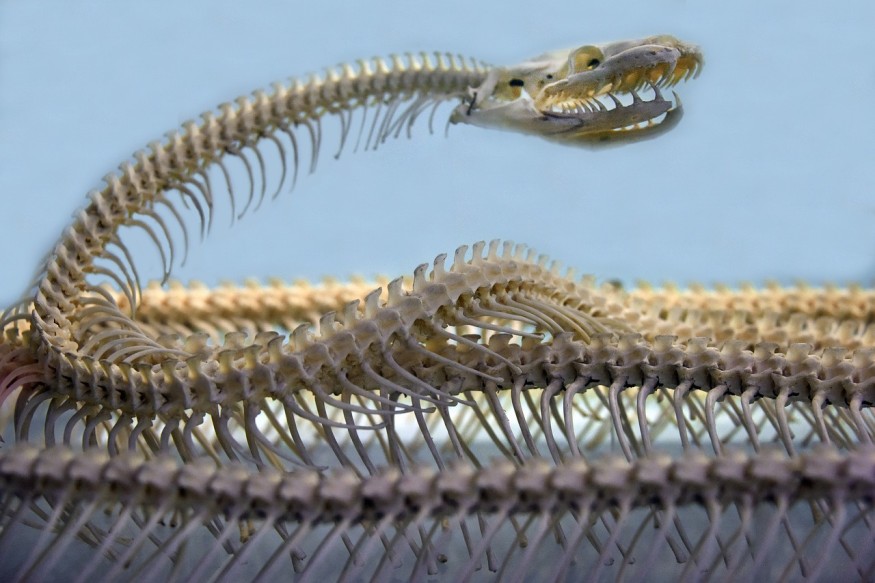Snakes, lacking legs, use their elongated spine and muscles to propel themselves by forming multiple bends in their bodies, creating forward thrust through ground pressure.
With over 3,000 species, snakes have evolved various unique traits to overcome their limited mobility compared to nimble prey like rats and rabbits, including adaptations like venom and camouflage, reflecting a deeper level of evolutionary sophistication. Below are some of the common ways serpents move and get from point A to [point B.

Lateral Undulation (Serpentine)
Lateral undulation, the most common snake movement pattern, involves a side-to-side undulating motion, often associated with slithering. Snakes use S-shaped loops to push off irregularities in the ground or landscape features like rocks and logs, propelling themselves forward.This mode of locomotion becomes challenging on featureless or unstable terrain.
Lateral undulation's adaptability has made it popular among snakes, enabling some, like the green tree snake, to become proficient climbers. Sea snakes use this motion for hunting in water and have evolved fin-like adaptations for better aquatic movement. Achieving this slithering ability involves specialized traits, including flexible spine-skin interaction, scale adaptations for grip, and fine motor skills for navigating obstacles.
Concertina Locomotion
Concertina movement involves a snake stretching out and anchoring its front or rear section, forming an 'S' pattern as it alternates between anchoring and stretching. This method allows snakes to move in a straight line, which is useful for traversing gaps or narrow spaces.
However, it is energy-intensive and not ideal for speed. Larger species like pythons and boas often employ this method, along with arboreal species that benefit from the bridging motion when moving between branches or limbs in tree canopies.
READ ALSO : Is There a Snake With Legs? 95 Million-Year-Old Fossils Challenge Understanding of How Serpents Evolved
Sidewinding
The well-known serpent that uses the sidewinding movement pattern is the sidewinder snake, although there are other snakes too that use this behavior, albeit with some variations. Sidewinding snakes, unlike lateral undulation, keep only a portion of their body in contact with the ground, using it as a focal point for the rest of their body adjustments. Despite appearing chaotic, this method allows sidewinder rattlesnakes to achieve speeds of up to 18 miles per hour in their desert habitats.
Moreover, sidewinding is specialized for specific environments, such as loose and hot desert sands, where minimizing ground contact helps prevent sinking. However, some snakes like the Homalopsine in Indonesia and Australia use sidewinding to navigate muddy ecosystems efficiently and can even climb steep sandy surfaces effectively by distributing their weight appropriately.
Rectilinear locomotion
Just like concertina movement, rectilinear locomotion allows snakes to move in a straight line and is favored by larger snakes. Unlike concertina, it relies on strong abdominal muscles rather than lifting into high coils, making it less suitable for climbing but energy-efficient.
This method is particularly silent, making it advantageous for ambush hunters like boa constrictors, and it is often used in conjunction with other locomotion forms, such as arboreal snakes combining it with concertina when navigating trees.
Engineers are even exploring rectilinear motion for wheeled robots, especially in challenging terrains like mud and rocks, due to its reliability and lower mechanical failure rates.
RELATED ARTICLE:
Physics Sidewinder Snakes' Skin Explain How They Navigate Sandy Surfaces
Check out more news and information on Snakes on Science Times.
© 2025 ScienceTimes.com All rights reserved. Do not reproduce without permission. The window to the world of Science Times.












